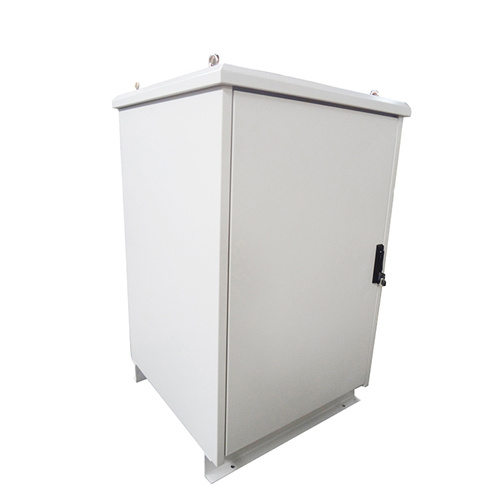Ecological energy storage system meets standards

Review of Codes and Standards for Energy Storage Systems
Review of Codes and Standards for Energy Storage Systems Charlie Vartanian1 & Matt Paiss1 & Vilayanur Viswanathan1 & Jaime Kolln1 & David Reed1 Accepted: 14 April 2021 ogies may

Energy Sustainability with a Focus on Environmental Perspectives
Integrated energy systems, based on renewable and/or non-renewable energy technologies, can enhance energy sustainability and efficiency, e.g., polygeneration systems (Rosen and Koohi

Design and Typical Application of Solar-storage Integrated System
a photovoltaic generatorset and an energy storage unit. The input energy issolar power generation and public grid power. The operating principle of the system is to generate

Energy Storage System Guide for Compliance with Safety Codes and Standards
Energy Storage System Guide for Compliance with Safety Codes and Standards PC Cole Pacific Northwest National Laboratory is the U.S. Department of Energy''s premier chemistry,

Advances in Thermal Energy Storage Systems for
This review highlights the latest advancements in thermal energy storage systems for renewable energy, examining key technological breakthroughs in phase change materials (PCMs), sensible thermal storage,

Public Disclosure Authorized Environmental Sustainability of
Lithium-Ion Battery Energy Storage Systems An Energy Storage Partnership Report Public Disclosure Authorized Reporting and Measurement Standards and Liability.. 24 FUTURE

Technical, Economic, and Environmental Investigation
In this study, the technical and economic feasibility of employing pumped hydroelectric energy storage (PHES) systems at potential locations in Jordan is investigated. In each location, a 1 MWp off-grid photovoltaic (PV)

6 FAQs about [Ecological energy storage system meets standards]
What is the complexity of the energy storage review?
The complexity of the review is based on the analysis of 250+ Information resources. Various types of energy storage systems are included in the review. Technical solutions are associated with process challenges, such as the integration of energy storage systems. Various application domains are considered.
What is the optimal sizing of a stand-alone energy system?
Optimal sizing of stand-alone system consists of PV, wind, and hydrogen storage. Battery degradation is not considered. Modelling and optimal design of HRES.The optimization results demonstrate that HRES with BESS offers more cost effective and reliable energy than HRES with hydrogen storage.
Are energy storage codes & standards needed?
Discussions with industry professionals indicate a significant need for standards ” [1, p. 30]. Under this strategic driver, a portion of DOE-funded energy storage research and development (R&D) is directed to actively work with industry to fill energy storage Codes & Standards (C&S) gaps.
Who are the authors of a comprehensive review on energy storage systems?
E. Hossain, M.R.F. Hossain, M.S.H. Sunny, N. Mohammad, N. Nawar, A comprehensive review on energy storage systems: types, comparison, current scenario, applications, barriers, and potential solutions, policies, and future prospects.
What are the most popular energy storage systems?
This paper presents a comprehensive review of the most popular energy storage systems including electrical energy storage systems, electrochemical energy storage systems, mechanical energy storage systems, thermal energy storage systems, and chemical energy storage systems.
What is energy storage?
Energy storage is used to facilitate the integration of renewable energy in buildings and to provide a variable load for the consumer. TESS is a reasonably commonly used for buildings and communities to when connected with the heating and cooling systems.
Related Contents
- Ecological Energy Storage System Technical Guide
- Energy Storage System Management Standards and Specifications
- Energy Storage System Fire Protection Standards Huawei
- National Standards for Container Energy Storage
- Battery energy storage box material requirements and standards
- Standards for solar molten salt for energy storage
- Energy storage cabinet industry standards
- Ecological Agriculture Energy Microgrid
- Grenada energy storage solutions in
- British Virgin Islands energy vault energy storage
- Solar energy storage system price Åland
- Integrated renewable energy storage project Qatar